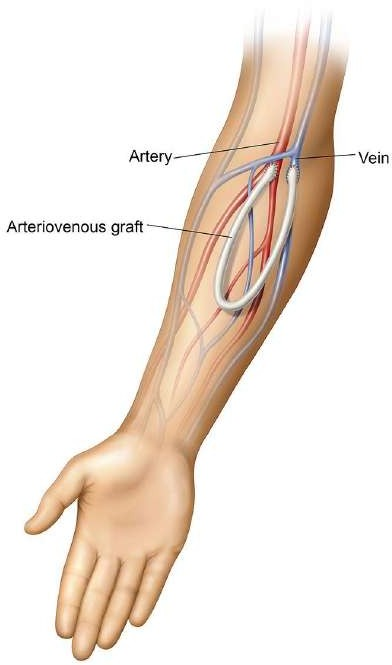A nurse is providing discharge teaching for a client who is to perform peritoneal dialysis at home. Which of the following information should the nurse include?
You should warm the dialysate in a microwave oven before instillation.
You should anticipate pain during the first week of the inflow of dialysate.
You should expect redness at the catheter exit site.
You should avoid foods high in fiber.
None of the above.
The Correct Answer is E
Choice A reason: Warming the dialysate in a microwave oven is not recommended because uneven heating could occur, leading to hot spots that can burn the peritoneal cavity. The dialysate should be warmed to body temperature using a warming device designed for this purpose.
Choice B reason: While some discomfort may be experienced during the first few exchanges, significant pain is not expected. If pain occurs, it should be reported to a healthcare provider, as it may indicate an underlying problem.
Choice C reason: Redness at the catheter exit site is not a normal expectation and could indicate an infection. The site should be kept clean and dry, and any signs of redness, swelling, or discharge should be reported to a healthcare provider immediately.
Choice D reason: There is no need to avoid foods high in fiber unless otherwise advised by a healthcare provider. In fact, a diet high in fiber can be beneficial for bowel regularity, which is important for patients on peritoneal dialysis.
Nursing Test Bank
Naxlex Comprehensive Predictor Exams
Related Questions
Correct Answer is D
Explanation
Choice A reason: Measuring blood pressure di?erences is not a method to assess the patency of an AV graft.
Choice B reason: Checking pulses is important but does not confirm the patency of the AV graft.
Choice C reason: Using a Doppler stethoscope at the antecubital fossa is not the standard method for assessing AV graft patency.
Choice D reason: Auscultating for a bruit at the site of the AV graft is a common and non-invasive way to assess for patency.

Correct Answer is C
Explanation
Choice A reason: The output solution is typically the same or slightly less than the input solution due to fluid removal during dialysis.
Choice B reason: The fluid from the abdomen should be clear or slightly yellow; any other color may indicate infection or bleeding.
Choice C reason: Using a microwave to warm the solution is not recommended as it can unevenly heat the solution and damage its composition.
Choice D reason: While sterile precautions are taken, there is still a risk of infection with any catheter.
Whether you are a student looking to ace your exams or a practicing nurse seeking to enhance your expertise , our nursing education contents will empower you with the confidence and competence to make a difference in the lives of patients and become a respected leader in the healthcare field.
Visit Naxlex, invest in your future and unlock endless possibilities with our unparalleled nursing education contents today
Report Wrong Answer on the Current Question
Do you disagree with the answer? If yes, what is your expected answer? Explain.
Kindly be descriptive with the issue you are facing.
